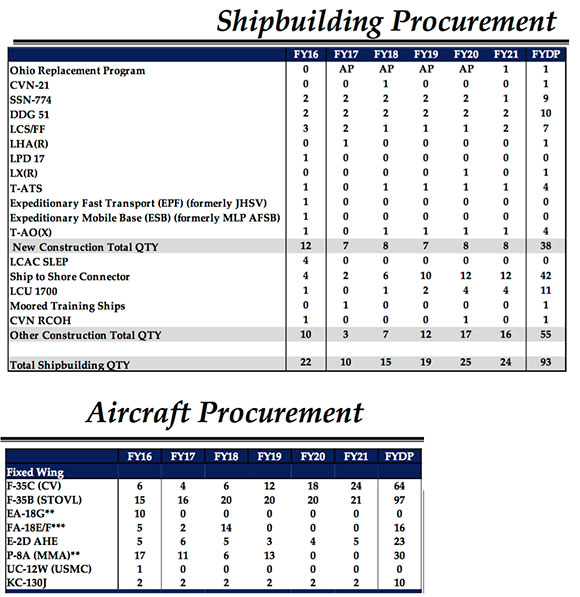The Big Thaw

It was quite the week for weather, with snow and ice shutting things down effectively on Tuesday. It was not nearly as bad as it could be, and it appears those who knew that fact didn’t want to confuse us with the truth, and let the warning stand as the winds and snow came in. There are downstream consequences, too. The sudden chill may threaten the iconic cherry blossom display around the Tidal Basin. Temperatures are predicted to rise by the weekend, and the ice and snow banished, though the consequences could impact tourism in the capital. With that damage done, the snow and ice is melting quickly with the thaw.
Other people in town have been hard at work. As you know, I have largely stayed away from the hysteria on both sides of the aisle about the new Administration. It is no secret that I did not care much for the last one, and completely understand the histrionics about the new one. So this is not intended to be an advocacy piece. What it actually is intended to be is a general survey about what is happening this snowy week, and the start of the debate between the Executive Branch and the Congress. With only a slim two vote majority in the Senate, there will have to be an unlikely outbreak of bipartisanship that will make this true. I remember fondly when there was “compromise” in the system and happily worked for Democrats on the Hill and in the Clinton Administration.
With the thaw, the dam also appears to have broken on some of the senior appointments at DoD. six were announced as we were on the call this morning.
Here they are, as of this morning:
Robert Daigle: DoD Director of Cost Assessment and Program Evaluation (CAPE), Department of Defense. Bush 2 veteran returns to same office.
Elaine McCusker as Principal Deputy Under Secretary of Defense, Comptroller. CENTCOM and Senate Armed Services staff alumna.
David L. Norquist: Under Secretary of Defense, Comptroller. 27 years of experience in Federal financial management. Former Chief Financial Officer for DHS.
Kenneth P. Rapuano: Assistant Secretary of Defense, Homeland Defense and Global Security. Think-tank analyst on national security (ANSER) and White House Deputy Homeland Security Advisor from 2004-2006. USMC vet with deployed service on active duty and as a civilian
Patrick M. Shanahan Deputy Secretary of Defense. VP at Boeing’s Supply Chain & Operations in both military (Army aviation and missile programs) and the commercial divisions (737, 747, 767, 777 and 787 programs). Adds to existing Boeing presence in the new Administration.
David Joel Trachtenberg Principal Deputy Under Secretary of Defense, Policy. Former Assistant Secretary (International Security Policy), consultant and VP at CACI, though I knew him only by reputation when I worked there. He was also a Pro Staffer at House Armed Services Committee.
These are significant appointments (if confirmed) and will bolster the incoming OSD team and provides experience and familiarity with Congress in both Chambers. The controversy over the Mattis pick for Undersecretary for Policy (Ann Patterson, Obama Ambassador to Egypt 2011-13) appears to have been continuation of a conflict between Mattis and the White House over personnel. Mattis reportedly told the White House he would resign unless Mira Ricardel was transferred from her job at the Office of Presidential Personnel. Defense News yesterday claimed SECDEF felt that Ricardel was “a roadblock for nominees” due to her insistence on ideological purity. The White House was said to have “blinked” at the SECDEF’s ultimatum and the nomination process has gone forward. Ricardel is reportedly headed for the Commerce Department in a senior position.
Along with the personnel news, the budget roll-out is in progress, along with a significant amendment to the fiscal year in execution. They are both attached for your information, though they do come from the Government and I normally don’t open anything from the]at source.
I have rightly been accused me of having a Navy-centric view of things. It is an occupational hazard as a broken-down former sailor, I know, but it appears to be (along with the USMC) as one of the place the Trump Administration intends to make strategic ‘investments’. The existing maintenance account shortfall for ship and aircraft will need to be addressed first, since aircraft are not flying and ships are overdue for repair. The first first look through the plans doesn’t indicate there is much new in the way of Intelligence Surveillance and Reconnaissance (much less improving analysis) or other matters of interest to the intelligence Parkway Patriot community for which I am a poster child.
Over at the Department of the Air Force, recent analysis suggests that replacement airframes are coming in at about twice the cost of the platforms they are replacing, i.e., the F-35 variants for the Joint Services and export markets, the F-22 Air Superiority fighter, etc. Proponents argue that this is reasonable, given the enhanced capabilities being fielded. Still, it is hard to be in two places at once, should there be trouble in PACOM and CENTCOM AORs simultaneously. The old Russian maxim of the imperative of sheer numbers comes to mind, since it is virtually certain that expanded mission areas required by the “Hard Power” philosophy will result in smaller numbers of fifth generation platforms. The “Soft Power” that the new doctrine is intended to replace was actually a euphemism for that American cultural ubiquity in the world, which sprang not from diplomacy or Government initiatives, but rather from the entertainment industry and freewheeling American society with all its blemishes.
That said, this is what the building plan for ships and aircraft looks like across the years:

Coming down the pike are the stark trade-offs to fund Hard Power, which will doubtless cause intense controversy. Shipmate JoeMaz shredded the documents and distilled it to these key bullets:
Winners:
Defense: 10% increase
Homeland Security: 6% increase
Losers:
EPA: 31% decrease
USDA: 21% decrease
Collateral Damage.
Eliminates:
African Development Foundation
Appalachian Regional Commission
Chemical Safety Board
Corporation for National and Community Service
Corporation for Public Broadcasting
Delta Regional Authority
Denali Commission
Institute of Museum and Library Services
Inter-American Foundation
U.S. Trade and Development Agency
Legal Services Corporation
National Endowment for the Arts
National Endowment for the Humanities
I seriously doubt that with a two-vote majority in the Senate for the GOP much of this is going to pass. Mr. Trump appears to be working us all with the art of the deal. But all the programs started with the best of intentions, but we are twenty trillion dollars in debt and somewhere this astonishing edifice is going to stop functioning.
But I am an optimist, even if I am a dedicated NPR listener who will doubtless be asked to cough up more cash to listen to classical music. Washington without Beethoven? Unthinkable, right?
We may already be there.
Copyright 2017 Vic Socotra
www.vicsocotra.com
